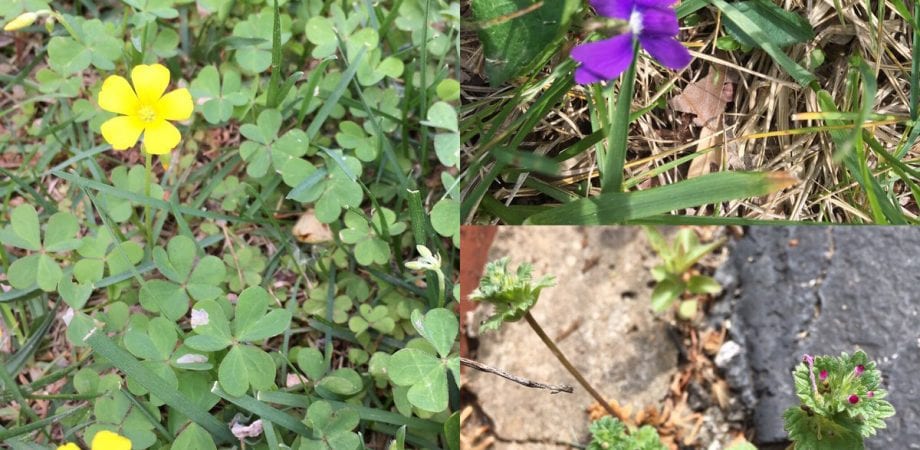The Fall Broadleaf Herbicide Application

The calendar has rolled around to fall. Whatever services you provide, you are probably involved in all of them now – fertilization, aeration, seeding, landscape installation, and the list goes on. I hope broadleaf weed control is also on your list this fall, particularly addressing perennial broadleaf weeds and winter annuals. There is no better time to address these unwanted invaders than late in the season.
To illustrate the point, I would like to reflect back on my time when I actually did lawn care. (OK, insert old joke here.) For whatever reason, at the end of the season, our applicators just couldn’t seem to use up all the broadleaf weed control on our customers’ lawns, and each truck would have a bit left. Spread over 20+ trucks, there was enough herbicide left to treat several acres. Not wanting to keep this material over the winter, we contacted our local parks and recreation superintendent and gained permission to spray out the remaining herbicide on some fields. This occurred after Thanksgiving, perhaps into early December. What has always stuck in my mind is the image of these fields the following spring. When dandelion bloom was in full glory, you could see exactly where we started and stopped or even where we didn’t overlap and missed a strip. It was so vivid, and it sold me on the efficacy of late-season herbicide applications.
The main reason fall herbicide applications on perennial weeds are effective relates to the downward translocation of carbohydrates. These plants are getting ready for winter and moving resources to the roots. Herbicides will go along for the ride and will more greatly impact the roots and other underground structures, thus killing the plant completely. The typical twisting and curling won’t be as evident, but the weeds will die nonetheless. Conversely, in the spring the translocation flow is upward, supporting new leaf, stem and flower growth. Not as much herbicide makes it to the root system and results may not be as complete. Besides working more effectively, there are other reasons to apply herbicides in the fall, for example, less risk of injury to landscape and garden plants and less risk of injury to turf in cooler weather.
I contacted Dr. Dave Gardner of The Ohio State University to ask his perspective on the subject of fall herbicide applications to turf. One point he made on product selection was to utilize ester formulations. Esters provide better penetration on leaves, particularly on the tough perennials like ground ivy, wild violet, thistle, and clover. Cooler temperatures mitigate the volatility issues and risk of turf injury associated with ester formulations when the thermometer climbs over 70. Another tip for tough perennial control is to use a herbicide containing triclopyr. Products such as 4 Speed XT, T-Zone, Cool Power are ester formulations containing triclopyr. Even if you add Triclopyr 4EC to a standard 3-way herbicide, like ArmorTech Threesome, you will improve your results.
So as we head into the fall and we get a few touches of frost, don’t make the mistake of putting the sprayer away thinking it is too late for weed control. Every dandelion that blooms next spring is there in the fall. Contact your ATS rep to plan your late season weed control, and get ahead of the game.
For additional information check out this article from Dr. Gardner on Fall Broadleaf Weed Control and his Herbicide Update.
Or if you like weeds and dandelions, try this recipe for dandelion wine.
Cheers!
Doug Dawson
ATS Sales Representative







